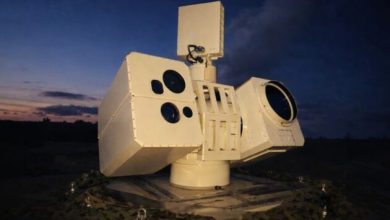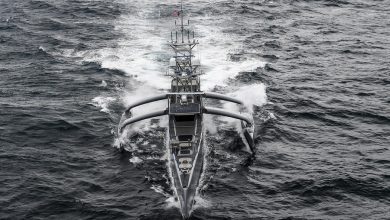Report: Ukraine Reports Record $45B in Military Aid, Massive Drone Deliveries in 2025

Ukraine’s Ministry of Defence has outlined its key military developments for 2025, reporting record partner support totaling $45 billion and the delivery of millions of strike drones to the armed forces.
The update also highlighted expanded domestic weapons production, with more than $6 billion in external financing directed to Ukraine’s defense industry through preferential loans and grant programs for weapons manufacturers.
In parallel, Ukraine signed joint production agreements with several countries, including the UK, Germany, and the Netherlands.
The ministry added that 25 foreign defense companies began establishing production facilities inside Ukraine during the year.
Funding Schemes
A new procurement mechanism, known as PURL, was launched in 2025 to allow partner funding to be used directly to purchase US-made weapons.
More than 20 countries have joined the framework, with combined contributions exceeding $4 billion.
Partner support translated into deliveries of air-defense systems, interceptor missiles, and aircraft, as well as aerial munitions, armored vehicles, and other military capabilities.
At the unit level, combat brigades also began receiving direct monthly funding to cover operational needs.
Each battalion engaged in combat operations was allocated 7 million hryvnias ($167,000), with funding scaled according to the number of battalions per brigade.
The mechanism is intended to allow frontline units to procure drones, vehicles, and equipment without delays associated with centralized procurement.

Millions of Drones
Unmanned systems remained a central pillar of Ukraine’s military effort in 2025.
The armed forces received a record 3 million first-person view (FPV) strike drones over the year, alongside more than 15,000 ground robotic systems deployed to operational units.
Kyiv also expanded interceptor drone production, reporting that nearly 1,000 interceptor systems are now supplied daily to frontline units.
Drone procurement was further decentralized through the launch of the DOT-Chain Defence platform, an online marketplace that allows units to order drones and robotic systems directly from manufacturers within allocated budgets.
The platform’s catalogue includes more than 180 FPV drone models, along with reconnaissance drones, heavy strike platforms, electronic warfare equipment, and interceptor systems.
Average delivery time is reported at around 10 days, with 186 brigades and two National Guard corps currently using the platform.





